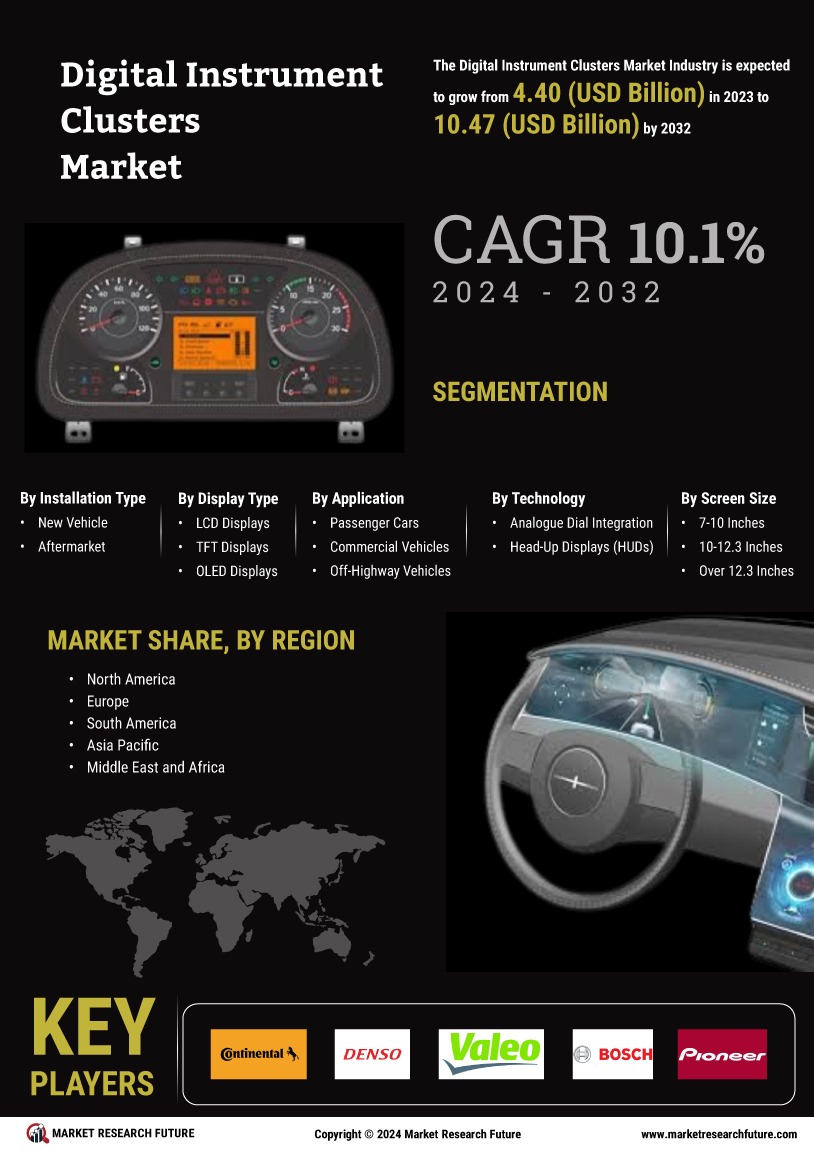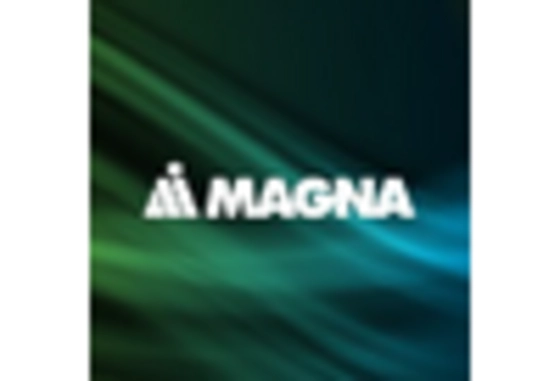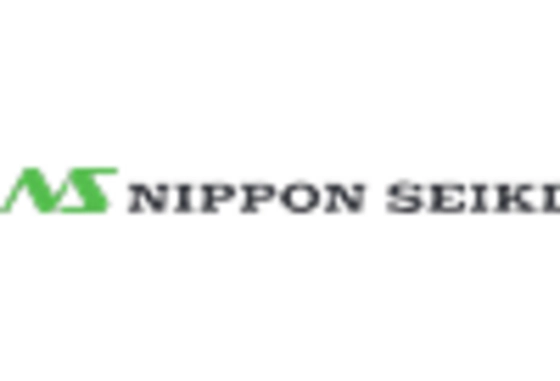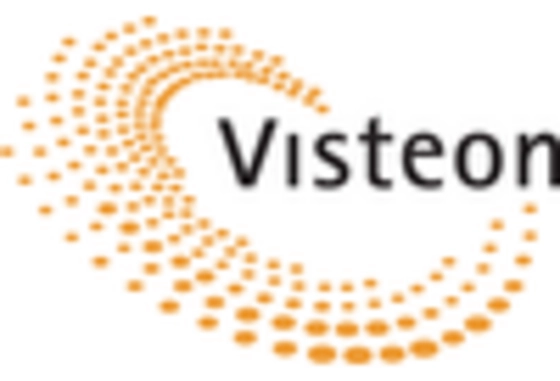The Digital Instrument Clusters Market is currently characterized by a dynamic competitive landscape, driven by rapid technological advancements and increasing consumer demand for enhanced vehicle connectivity and user experience. Key players such as Continental AG (Germany), Denso Corporation (Japan), and Visteon Corporation (US) are strategically positioning themselves through innovation and partnerships. Continental AG (Germany) focuses on integrating advanced driver-assistance systems (ADAS) with digital clusters, enhancing safety and user engagement. Meanwhile, Denso Corporation (Japan) emphasizes sustainability and energy efficiency in its product offerings, aligning with global trends towards greener automotive solutions. Visteon Corporation (US) is leveraging its expertise in software development to create customizable digital interfaces, thereby enhancing user experience and engagement. Collectively, these strategies contribute to a competitive environment that prioritizes technological innovation and consumer-centric solutions.
In terms of business tactics, companies are increasingly localizing manufacturing to reduce costs and improve supply chain efficiency. This approach is particularly evident in the Digital Instrument Clusters Market, which appears to be moderately fragmented, with several players vying for market share. The collective influence of key players is significant, as they not only drive technological advancements but also set industry standards that smaller competitors must follow. The focus on supply chain optimization is crucial, especially in light of recent global disruptions, prompting companies to reassess their operational strategies.
In August 2025, Continental AG (Germany) announced a partnership with a leading software firm to develop next-generation digital instrument clusters that integrate artificial intelligence for predictive analytics. This strategic move is likely to enhance the functionality of their products, allowing for real-time data processing and improved user interaction. Such innovations may position Continental as a leader in the market, particularly as consumers increasingly seek personalized driving experiences.
In September 2025, Denso Corporation (Japan) unveiled a new line of eco-friendly digital clusters designed to minimize energy consumption while maximizing functionality. This initiative not only aligns with global sustainability goals but also reflects Denso's commitment to innovation in the automotive sector. By prioritizing energy efficiency, Denso may attract environmentally conscious consumers and strengthen its market position.
In October 2025, Visteon Corporation (US) launched a new software platform that enables automakers to customize digital instrument clusters more easily. This platform is expected to facilitate faster deployment of new features and updates, thereby enhancing the overall user experience. Visteon's focus on software-driven solutions indicates a shift towards more agile and responsive product development, which could be a key differentiator in the competitive landscape.
As of October 2025, the Digital Instrument Clusters Market is witnessing trends that emphasize digitalization, sustainability, and the integration of artificial intelligence. Strategic alliances among key players are shaping the current landscape, fostering innovation and collaboration. Looking ahead, competitive differentiation is likely to evolve from traditional price-based competition to a focus on technological innovation, enhanced user experiences, and supply chain reliability. Companies that can effectively leverage these trends will likely secure a competitive edge in this rapidly changing market.


















Leave a Comment